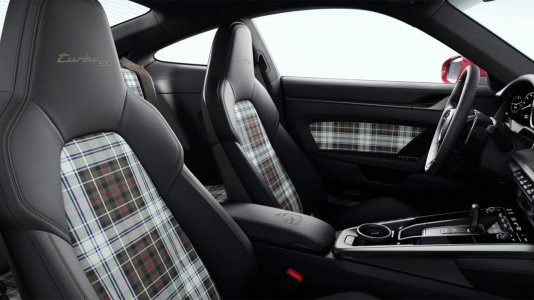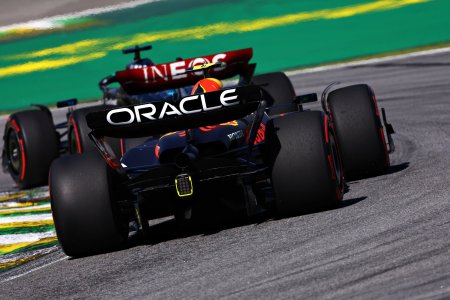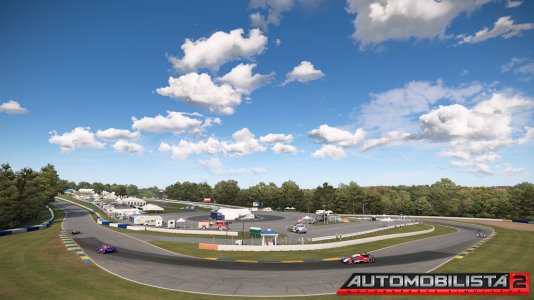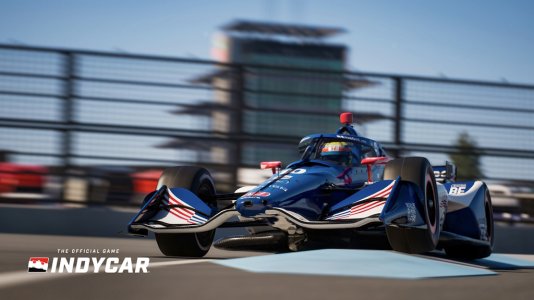And that deprives them of the right to safety?I think these millionaire drivers KNEW what they got into BEFORE getting into it.
And fewer die today than every before because of people deciding that death was unacceptable and did their best to prevent it. Without those kinds of changes there would still be dozens of drivers dying a year.Drivers die and get injured in ALL SORTS of cars no matter how "safe" they become, period.
Nobody wants to completely eliminate the danger. Strawman much? There's a big difference between what you've just said and mitigating the dangers as best as possible. Putting a canopy on the cars doesn't change anything except survivability under a variety of circumstances for basically zero negative impact.If you want that to stop completely, push for robots, remotely driven cars or simracing. That should COMPLETELY solve the danger to life issue.
People have had to face the concerns over lost profits at almost every turn when trying to improve safety in the work place. To hell with people's profits. I know its sacrilege in the neo-liberal world to say it but profits are not more valuable than human lives. Controversial these days I know.I think the people owning hence profiting most from this sport have a pretty good idea that pushing this way may get their income decreased.
Yes they did because people died by the bushel full and they only stopped dying when they changed things.Nobody whined this much about the danger of the sport in the 60s, when neither tracks nor cars had the safety found today, not even by a mile.
Would that be the same enthusiasm that lead Jackie Stewart to retire prematurely after seeing his teammate and protege die at Watkins Glen at his final GP? Death sure didn't seem to do much good for his enthusiasm. How enthusiastic was the sport when all the best young talent was dying on a regular basis?Grip was all mechanical up until 1968, no seatbelts, no fences, and drivers weren't paid millions a season, sometimes prizes being symbolic. And enthusiasm was at its peak for all those involved in the sport and fans alike.
This entire diatribe has been very crass and utterly uninterested in the basic dignity of life because the sport might lul suffer (which it won't). This when men were men nonsense holds no water.











